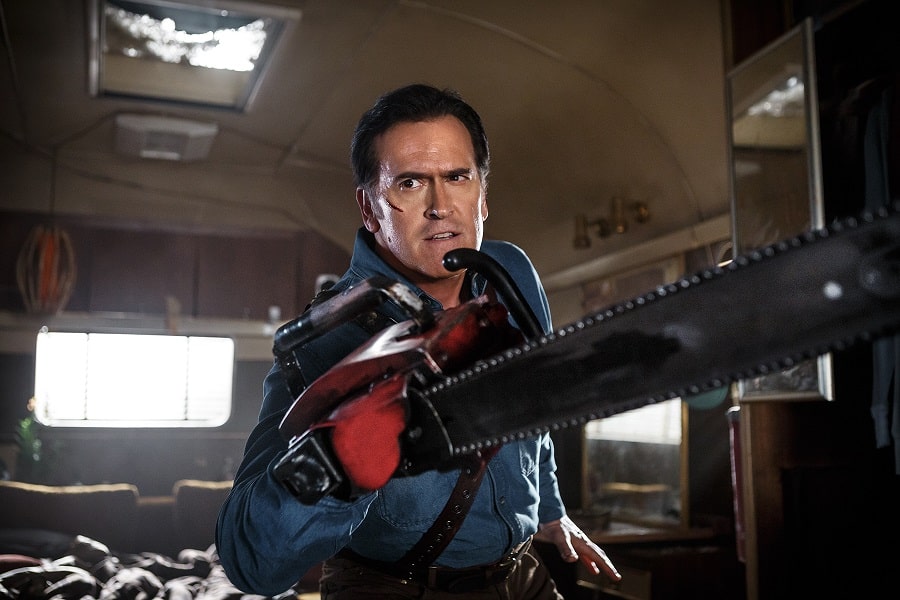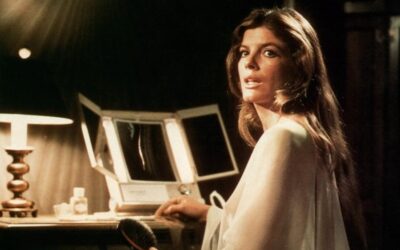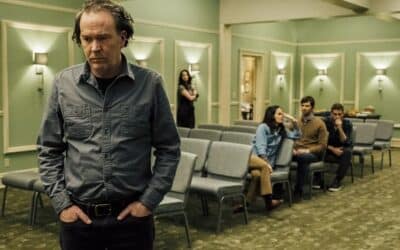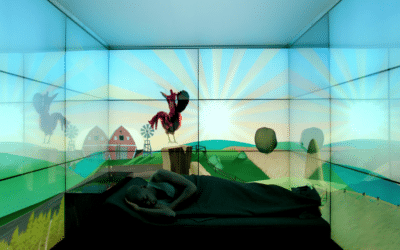
Splatterpunk Horror
Splatterpunk Horror catapults fans into a realm awash with gore, a literary and cinematic niche where excessive blood and visceral gruesomeness are the stars of the show. Think of it as a blood-smeared canvas, a panorama of guts, gore, and unrelenting terror, manifesting the most primal and dark side of horror. It’s a subgenre that revels in the explicit, the grotesque, often challenging boundaries and pushing the limits of what is acceptable and what is not.
Delving into the core of Splatterpunk Horror uncovers a world where the macabre takes the center stage, unabashedly exposing readers and viewers to graphic violence and bloodshed. It emerged in the 1980s as a rebellious counter to the more suggestive and psychologically oriented horror, gaining traction for its brutal honesty and unflinching detail.
People find an intrinsic allure in Splatterpunk Horror, much like the fascination stirred by a strikingly disturbing piece of art or the grim appeal of a car accident by the roadside—morbid curiosity encapsulated in literature and film. It’s an adrenaline-pumping ride for thrill-seekers, those who crave a deep dive into the visceral and the horrifying, the utterly shocking, and the blatantly grotesque. The explicitness of Splatterpunk Horror allows aficionados to confront the raw, the unhinged, the extremes of human capability and the grotesqueries of the unknown, all from the safe confines of their reading nooks or living rooms.
Drenched in blood and gore are the works of authors like Clive Barker, one of the pioneers of the Splatterpunk genre. His collection of stories, “Books of Blood,” brings forth an extravagant array of horrific imagery and unrelenting violence, inviting readers to partake in a ghastly dance of vivid narratives and shocking plots. Barker’s stories extend an open invitation to those intrigued by the depths of human depravity and the macabre, his words painting harrowing pictures that linger in the mind, provoking thought and chill alike.
Similarly, “The Light at the End” by John Skipp and Craig Spector epitomizes the essence of Splatterpunk, exposing readers to a relentless exploration of terror and violence. The novel, with its raw portrayal of a vampire loose in the New York City subway system, stands as a gruesome testament to the shocking extremes of the genre. The graphic detail and the aggressive pacing are like a blood-soaked symphony, each note a deliberate, explicit unraveling of the horrific.
In the cinematic realm, Splatterpunk finds its pulse in the hearts of films that embrace the bloodiest, most gruesome narratives, with “The Evil Dead” series by Sam Raimi serving as a gleaming, albeit bloody, exemplar. Raimi’s concoction of over-the-top gore and dark humor sets the stage for a wild, horrific ride, unfolding a tale of five friends who inadvertently summon demonic entities while vacationing in a remote cabin. The vivid depiction of gore, combined with a relentless pace, sketches a world where every scream is a brushstroke on the gruesome canvas of Splatterpunk.
Peter Jackson’s “Braindead,” also known as “Dead Alive,” is another cinematic marvel in the Splatterpunk domain, showcasing a symphony of gore and unrelenting mayhem. The film, revolving around a man whose mother gets bitten by a Sumatran rat-monkey and turns into a zombie, is a masterpiece of excessive gore, where blood paints every frame, and the grotesque dances in every scene. It exemplifies the unabashed embrace of graphic violence and dark humor characteristic of Splatterpunk, creating an unforgettable experience for those who dare to watch.
Robocop, directed by Paul Verhoeven, also belongs to the repertoire of Splatterpunk cinema with its raw and unfiltered portrayal of a dystopian future and the amalgamation of man and machine in the form of a cybernetic police officer. The film’s stark depiction of violence and corruption resonates with the Splatterpunk ethos, offering a disturbing glimpse into the extremes of technological evolution and human morality.
The fascination with Splatterpunk Horror, both in literature and film, arises from a deep-seated desire to explore the unexplored, to peek into the shadows and confront the monsters that lurk within and without. It’s a reflection of the primal, the raw, the unabashedly real aspects of fear, offering a gut-wrenching, heart-pounding exploration of the macabre. The vividness and the explicit nature of Splatterpunk serve as a mirror, reflecting the darkest corners of the human psyche and the horrific possibilities of the imagination.
People resonate with the explicitness of Splatterpunk Horror, finding solace in the catharsis it offers, the release of pent-up emotions and fears. It’s a visceral exploration of the boundaries of horror, a journey into the extremes, a venture into the shocking and the grotesque. The exploration of the grim and the terrifying serves as a medium for understanding the human condition, the darkness within, and the relentless pursuit of survival.
Splatterpunk Horror stands as an unrelenting symphony of the grotesque, a genre that refuses to look away, that confronts the horrifying with an open, unflinching gaze. Whether it’s Barker’s haunting tales, the blood-soaked frames of “The Evil Dead,” or the dystopian brutality of Robocop, Splatterpunk is a relentless pursuit of the explicit, a dance with the macabre, a journey into the heart of darkness, a canvas splattered with the crimson of our deepest fears.
More Horror Features
1970s Horror
The 1970s may be gone, but the fear they inspired remains
Horror Through the Ages
A Journey Through Time and Terror
Technology in Horror
When gadgets become nightmares



